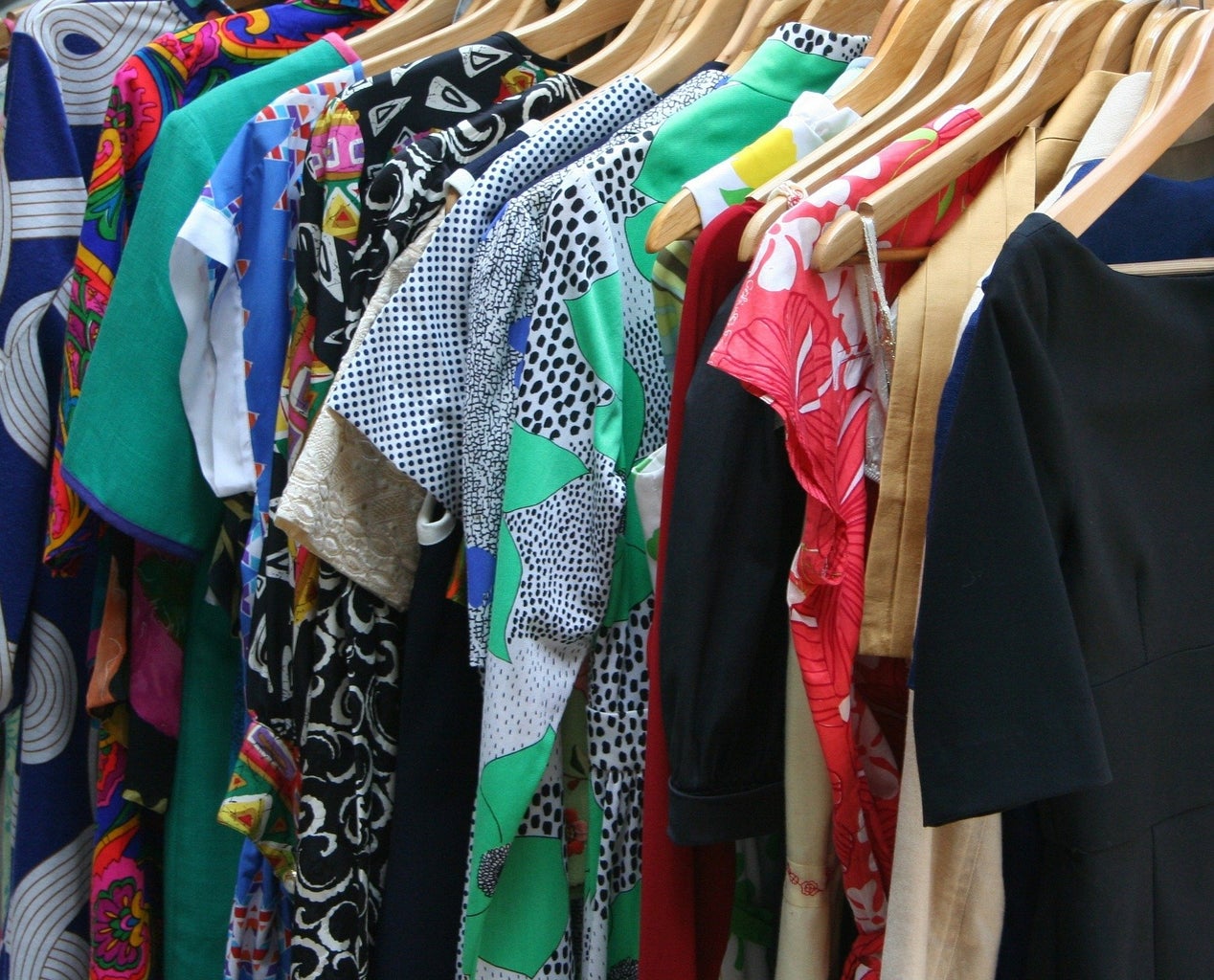As Amazon becomes one of the world’s leading commerce companies, the state of several fan-favorite retail stores have become obsolete. One by one, American retailers are setting up their “going out of business” sales and declaring bankruptcy. The most prominent example of this can be seen in the very notorious bankrupcy of Forever 21— a once multi-billion dollar company whose consumers donned the flashy yellow bag left to right. Now, their clothes are selling at $5 as part of an effort to rid themselves of their millions of dollars of debt. But what caused this domino effect of stores closing? The answer is simple (well, not totally): technology. Stores that we begged our parents to go to as children, like ToysRus and Aéropostale, are struggling to keep up with recent consumer tastes and the economy’s shift towards remote, mobile shopping.

All this being said though, is the shift toward this kind of shopping worth it? In recent years, there has been a lot of discussion about fast fashion and the sustainability of clothes. Journalist Dana Thomas provides a great definition of fast fashion: “cheap, disposable clothing, made indiscriminately, imprudently, and often without consideration for environmental and labor conditions by companies like Zara, H&M, Forever 21, Nasty Gal, and Fashion Nova”. This definition is inclusive of both store-front and online stores and, as inhumane as it may be, is implemented by almost every other apparel store in the country. In fact, I can say that I’ve succumbed to the disaster that is fast fashion because, in reality, who hasn’t? The clothes are designed to be trendy and, frankly speaking, as a “broke” college student, it’s quite difficult to pay more than $20 on an article of clothing. But, at the same time, it’s also difficult to know that you’re complicit in a company that pays pennies to their workers— a situation that is the ultimate snapshot of wealth disparity in today’s world. You can say that you’re not one to blame because you’re just one person and the workers live on the other side of the world, but that sort of mindset is exactly what’s flawed with the system. Think about it this way: supporting this behavior is comparable to supporting a restaurant where the chefs are held captive and paid 20 cents an hour under extremely strenuous working conditions. The only difference is that one good is meant to be eaten and the other worn.




